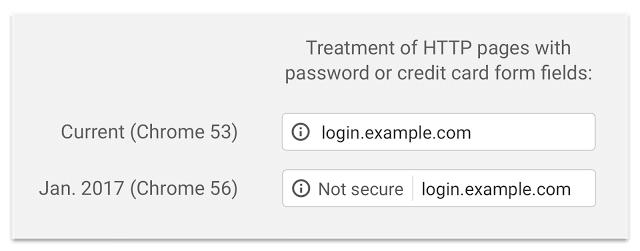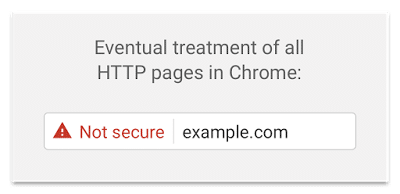Property Boom Support
5 REASONS YOUR SITE SHOULD BE HTTPS
The difference between HTTP and HTTPS may seem like only one letter, but that one letter can make a huge impact in your website’s performance. Let’s talk about HTTPS and what it means for your small business.
What Is HTTPS?
HTTPS is a way to encrypt information that you send between a browser and a web server. This protects your website’s users from “man-in-the-middle” attacks, where someone steals the information being sent to a website, like credit card information or logins.
Historically, HTTPS connections have primarily been used for sites that contain sensitive information, but you’ve probably seen more and more sites making the switch lately. As HTTPS has become easier to implement, secure connections are becoming the standard for all websites.
What Is an SSL Certificate?
An SSL Certificate is a set of data files that you can add to your server to achieve an encrypted connection between a browser and your server. When installed, a green padlock will be displayed when users visit your site to indicate that the site is secure.
What’s the Difference Between SSL and HTTPS?
You may have heard the terms “SSL” or “SSL Certificate” used interchangeably with HTTPS. For the most part, these are the same. An SSL certificate is the product that you are actually purchasing and installing on your server, and HTTPS is the result of having that certificate on your server.
IF YOUR WEBSITE ISN’T SECURE YET, IT DEFINITELY SHOULD BE. HERE’S WHY:
1. Increased Google Rankings
Over 40% of the sites on the first page of Google are HTTPS, which is not a surprise since Google has confirmed that they favor HTTPS sites.
Google wants to ensure the best user experience for their customers, so understandably they don’t want to send searchers to insecure sites. Because of that, their ranking algorithm favors HTTPS sites. If your site isn’t secure, it could be getting outranked by similar sites that are.
2. Improved Security
There’s a reason why Google favors HTTPS—they want to achieve the safest web experience for their users. A cyber attack occurs every 39 seconds and 43% of those cyber attacks target small businesses.
Google adds criteria to the rankings algorithm when it has proven to provide better user experience. HTTPS protects your users’ information and your information from hackers.
Keeping everything safer and more secure is simply a better option for everyone.
3. Updated Browser Labels
Are we tired of talking about Google yet? Well there’s one more thing. As part of their push for a more secure web, Google is also updating their labeling for HTTP sites in Chrome’s URL bar.
Currently, HTTP sites are marked with a gray information symbol that tells the user the site is not secure if they click on it. Sometime this year, Google is going to update that to include a “Not Secure” label that is displayed in plain site, rather than after a user clicks on the information symbol.
Eventually, Google is going to mark http sites with a red triangle with a “Not Secure” label written in red.
While this new label only means that your site is not HTTPS, users don’t fully understand that, and many will likely feel a sense of unease from seeing that label on a site they are browsing.
4. Increased Conversions
While users may not have a complete technical understanding of secure connections, they do understand that they want a site to be HTTPS if they are providing personal information.
We already see a difference in conversion rates between HTTP and HTTPS sites. But, after Google rolls out their new HTTP labeling, we will probably see an even larger difference in conversion rates between the two.
When users see those red labels, something as simple as entering a name, email, and phone number into a basic lead generation form can cause anxiety and concern for users.
5. Increased Customer Confidence
With all of the buzz about HTTPS going around, more users are specifically looking for a secure connection when visiting a website.
A secure connection gives your customers peace of mind that your website can be trusted and their information is safe.
HOW DO YOU SWITCH YOUR SITE TO HTTPS?
If you’re ready to make the switch the HTTPS, PROPERTYBOOM.CO can handle the process for you! We are a trusted company in the industry, and our employees are experts in the process!
Contact us today if you are ready for PROPERTYBOOM.CO to switch your site to HTTPS today!




